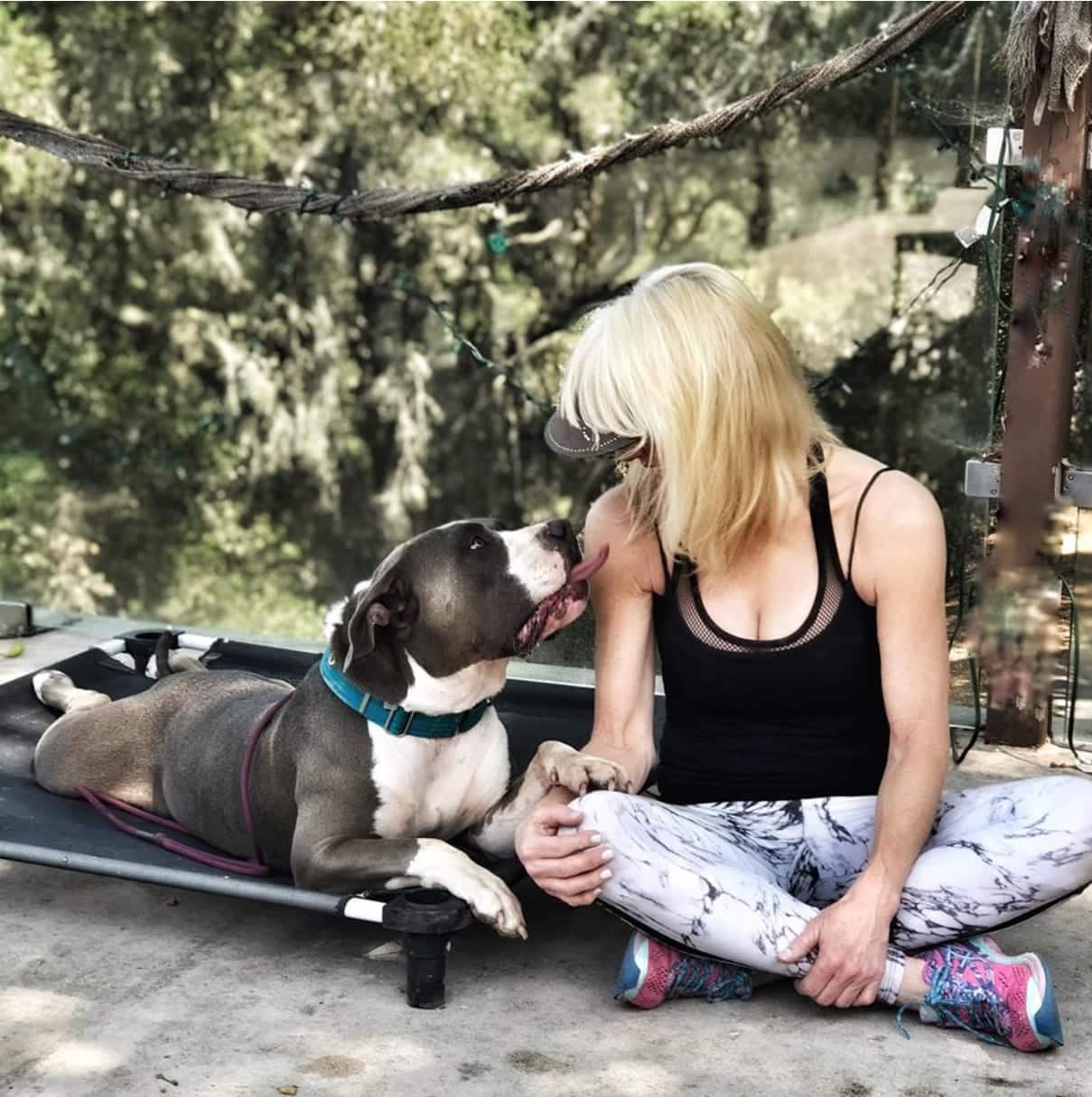4 Simple Tips That Will Change The Dynamics of The Relationship With Your Dog Forever.
Very often dog owners approach me, frustrated because they’re unable to train their dogs, despite their best efforts. “It’s pointless, Cheri, he doesn’t listen.” “I know my dog is smart. Why isn’t she doing what I tell her?” “If I want to be ignored like this I would talk to my kids.” My first response to these understandable rants is to let dog owners know that this is a common problem. Rather than let your frustrations overwhelm you, consider whether you can answer all four of the following questions affirmatively. If you can answer yes to each of these questions, you’ll get better training results and as an added benefit, lower your blood pressure and stress level.
1) Have you made it 100% clear to your dog what it is that you want from him?
So often we get frustrated with our dogs because they aren’t behaving the way we would like. But often we’re not taking the time to show them exactly what it is we expect from them. For example, if your goal is to teach your dog to walk calmly through a threshold: a door, gate, or in and out of the car, don’t just give him access to the threshold and then hope for the best! Instead, lead him through the gate ON LEASH only. Leashing him up allows you to slow him down and control the speed of his movements. By using a leash, you can show your dog exactly how you expect him to behave before you actually ask him to do so.
2) Are you using the right strategies, tools, and techniques to train your dog to do specific exercises?
Sometimes we are more successful if we mix up our routines a bit. Try different tools or different strategies. Come up with different ways of doing things to see if other techniques may resonate better with your dog. Every dog is different, and so is their response to tools. For example, some dogs respond positively to well timed praise, while others become overly excited and lose their focus. Some dogs are highly driven to work when food enters the picture, while others are not motivated by treats at all. Never forget that there is no such thing as a cookie cutter approach to training. Create your training strategy accordingly!
3) Have you practiced the technique that you’re trying to teach your dog long enough?
Dogs are like people in that they are all different. They all learn at different speeds. Some dogs take longer to understand something while others will pick it up immediately. Some dogs will act as if they aren’t getting it, and then have a breakthrough out of nowhere. Sometimes we give up trying to train our dog to complete a certain exercise if they appear unresponsive. That’s a mistake. So often, the latent learning process is taking place unnoticed, just below the surface. If you give up too soon, you may miss that incredibly rewarding moment when they finally “get it!” Stay with the process. Success may be right around the corner!
4) Have you been consistent with what you’ve been teaching your dog?
For example, if you don’t want your dog to jump on your company when they come to the door, then you must diligently correct this behavior each time. If you correct your dog one day for jumping, but pet him the next day for making the same mistake, he’ll be confused as to what you want. Make sure everyone in your family, and all of your guests, abide by these same rules. This is the only way to send a consistent message to your dog every time he practices unwanted behavior.
In closing, both professional trainers and “civilian” dog owners have experienced frustrations at times when training their dog. The good news is that dogs are intelligent and they aim to please. Embrace the process and stay the course! You and your dog will experience success sooner than you think!
Cheri

